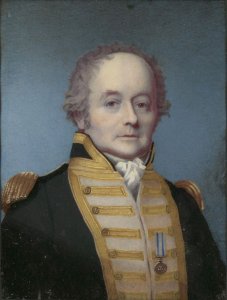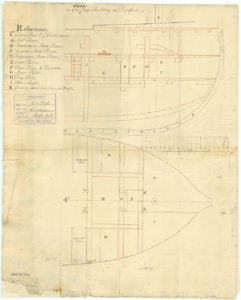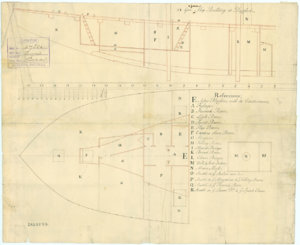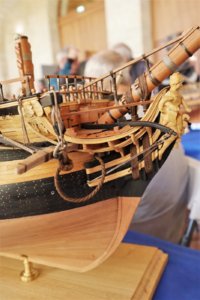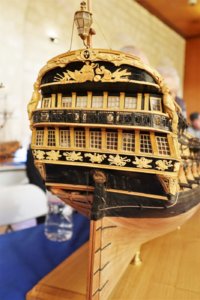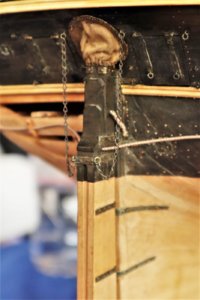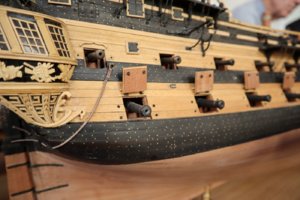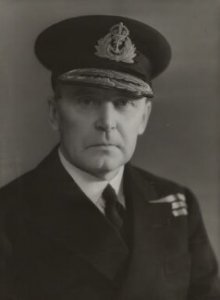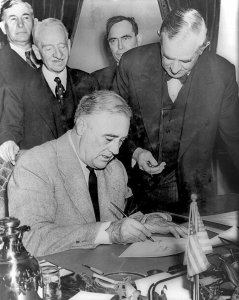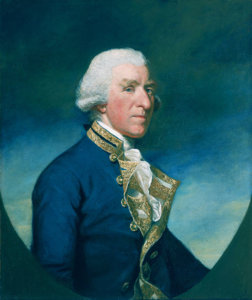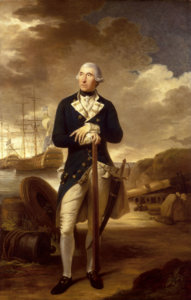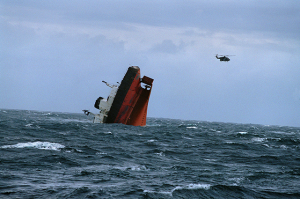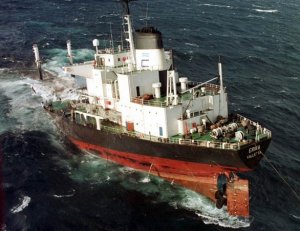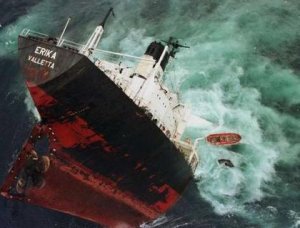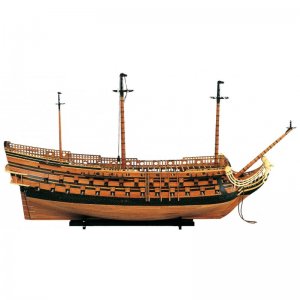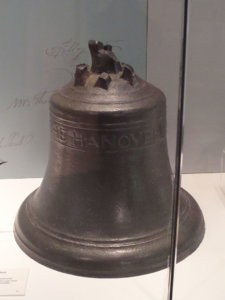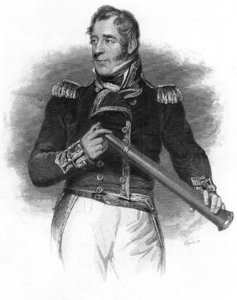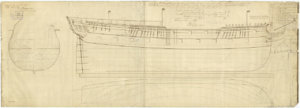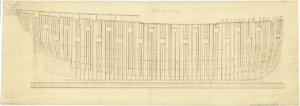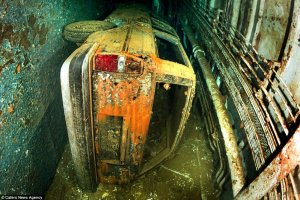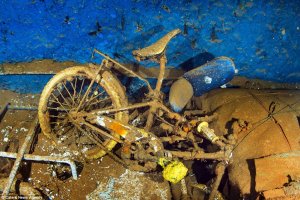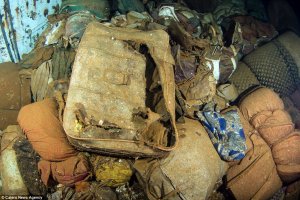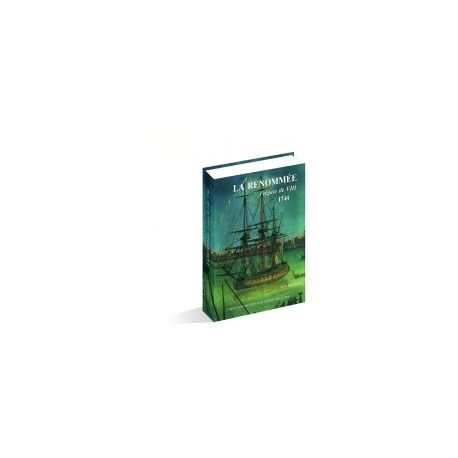Today in Naval History - Naval / Maritime Events in History
3rd of December
please use the following link and you will find the details and all events of this day ..... in the following you will find some of the events
1670 - Launch of HMS Prince (also referred to as Royal Prince), a 100-gun first rate ship of the line of the Royal Navy, built by Phineas Pett the Younger - renamed into HMS Royal William and after several rebuilts broken up in 1813 - so 143 years of service
HMS Prince (also referred to as Royal Prince) was a 100-gun first rate ship of the line of the Royal Navy, built by Phineas Pett the Younger at Deptford Dockyard and launched in 1670.



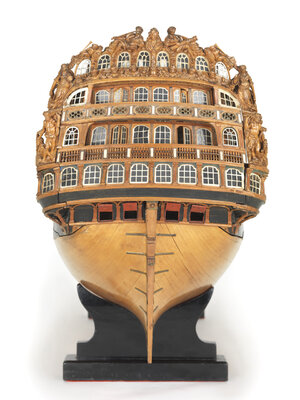
1775 – The USS Alfred becomes the first vessel to fly the Grand Union Flag (the precursor to the Stars and Stripes); the flag is hoisted by John Paul Jones.
Alfred was the merchant vessel Black Prince, named for Edward, the Black Prince, and launched in 1774. The Continental Navy of what would become the United States acquired her in 1775, renamed her Alfred, and commissioned her as a warship. She participated in two major actions, the battle of Nassau, and the action of 6 April 1776. The Royal Navy captured her in 1778, took her into service as HMS Alfred, and sold her in 1782. She then became the merchantman Alfred, and sailed between London and Jamaica.

1798 - HMS Kingfisher (1782 - 18), Lt. Frederick Maitland, wrecked on the bar at the mouth of the Tagus.
HMS Kingfisher was an 18-gun sloop of the Royal Navy which saw service during the American War of Independence and the French Revolutionary Wars.
1807 - HMS Curieux (18), John Sheriff (Killed in Action), engaged privateer Revanche (25) off Barbados.
HMS Curieux was a French corvette named Curieux, launched in September 1800 at Saint-Malo to a design by François Pestel, and carrying sixteen 6-pounder guns. She was commissioned under Capitaine de frégate Joseph-Marie-Emmanuel Cordier. The British captured her in 1804 in a cutting-out action at Martinique. In her five-year British career Curieux captured several French privateers and engaged in two notable single-ship actions, also against privateers. In the first she captured Dame Ernouf; in the second, she took heavy casualties in an indecisive action with Revanche. In 1809 Curieux hit a rock; all her crew were saved but they had to set fire to her to prevent her recapture.

1810 - Capture of Ile de France (Mauritius) by the British – the ending of the Mauritius Campaign
The Mauritius campaign of 1809–1811 was a series of amphibious operations and naval actions fought to determine possession of the French Indian Ocean territories of Isle de France and Île Bonaparte during the Napoleonic Wars. The campaign lasted from the spring of 1809 until the spring of 1811, and saw both the Royal Navy and the French Navy deploy substantial frigate squadrons with the intention of disrupting or protecting trade from British India. In a war in which the Royal Navy was almost universally dominant at sea, the campaign is especially notable for the local superiority enjoyed by the French Navy in the autumn of 1810 following the British disaster at the Battle of Grand Port, the most significant defeat for the Royal Navy in the entire conflict. After their victory, the British used the original Dutch name of Mauritius for Isle de France. In 1814, Île Bonaparte was returned to France, who eventually renamed it La Réunion.

1899 – SS Ismore wrecked
Ismore was a steam cargo ship built in 1899 by the Barclay, Curle & Co. of Glasgow for Edward Bates & Sons of Liverpool and operated by the Johnston Line on their trade routes between North America and the United Kingdom.

1906 – HMS Dreadnought commissioned
HMS Dreadnought was a Royal Navy battleship that revolutionised naval power. Her name and the type of the entire class of warships that was named after her stems from archaic English in which "dreadnought" means "a fearless person". Dreadnought's entry into service in 1906 represented such an advance in naval technology that its name came to be associated with an entire generation of battleships, the "dreadnoughts", as well as the class of ships named after it. Likewise, the generation of ships she made obsolete became known as "pre-dreadnoughts". Admiral Sir John "Jacky" Fisher, First Sea Lord of the Board of Admiralty, is credited as the father of Dreadnought. Shortly after he assumed office, he ordered design studies for a battleship armed solely with 12-inch (305 mm) guns and a speed of 21 knots (39 km/h; 24 mph). He convened a "Committee on Designs" to evaluate the alternative designs and to assist in the detailed design work.

3rd of December
please use the following link and you will find the details and all events of this day ..... in the following you will find some of the events
Naval/Maritime History - 27th of August - Today in Naval History - Naval / Maritime Events in History
Today in Naval History - Naval / Maritime Events in History 30 November 1853 – Crimean War: Battle of Sinop: The Imperial Russian Navy under Pavel Nakhimov destroys the Ottoman fleet under Osman Pasha at Sinop, a sea port in northern Turkey. The Battle of Sinop, or the Battle of...
shipsofscale.com
1670 - Launch of HMS Prince (also referred to as Royal Prince), a 100-gun first rate ship of the line of the Royal Navy, built by Phineas Pett the Younger - renamed into HMS Royal William and after several rebuilts broken up in 1813 - so 143 years of service
HMS Prince (also referred to as Royal Prince) was a 100-gun first rate ship of the line of the Royal Navy, built by Phineas Pett the Younger at Deptford Dockyard and launched in 1670.

1775 – The USS Alfred becomes the first vessel to fly the Grand Union Flag (the precursor to the Stars and Stripes); the flag is hoisted by John Paul Jones.
Alfred was the merchant vessel Black Prince, named for Edward, the Black Prince, and launched in 1774. The Continental Navy of what would become the United States acquired her in 1775, renamed her Alfred, and commissioned her as a warship. She participated in two major actions, the battle of Nassau, and the action of 6 April 1776. The Royal Navy captured her in 1778, took her into service as HMS Alfred, and sold her in 1782. She then became the merchantman Alfred, and sailed between London and Jamaica.
1798 - HMS Kingfisher (1782 - 18), Lt. Frederick Maitland, wrecked on the bar at the mouth of the Tagus.
HMS Kingfisher was an 18-gun sloop of the Royal Navy which saw service during the American War of Independence and the French Revolutionary Wars.
1807 - HMS Curieux (18), John Sheriff (Killed in Action), engaged privateer Revanche (25) off Barbados.
HMS Curieux was a French corvette named Curieux, launched in September 1800 at Saint-Malo to a design by François Pestel, and carrying sixteen 6-pounder guns. She was commissioned under Capitaine de frégate Joseph-Marie-Emmanuel Cordier. The British captured her in 1804 in a cutting-out action at Martinique. In her five-year British career Curieux captured several French privateers and engaged in two notable single-ship actions, also against privateers. In the first she captured Dame Ernouf; in the second, she took heavy casualties in an indecisive action with Revanche. In 1809 Curieux hit a rock; all her crew were saved but they had to set fire to her to prevent her recapture.
1810 - Capture of Ile de France (Mauritius) by the British – the ending of the Mauritius Campaign
The Mauritius campaign of 1809–1811 was a series of amphibious operations and naval actions fought to determine possession of the French Indian Ocean territories of Isle de France and Île Bonaparte during the Napoleonic Wars. The campaign lasted from the spring of 1809 until the spring of 1811, and saw both the Royal Navy and the French Navy deploy substantial frigate squadrons with the intention of disrupting or protecting trade from British India. In a war in which the Royal Navy was almost universally dominant at sea, the campaign is especially notable for the local superiority enjoyed by the French Navy in the autumn of 1810 following the British disaster at the Battle of Grand Port, the most significant defeat for the Royal Navy in the entire conflict. After their victory, the British used the original Dutch name of Mauritius for Isle de France. In 1814, Île Bonaparte was returned to France, who eventually renamed it La Réunion.
1899 – SS Ismore wrecked
Ismore was a steam cargo ship built in 1899 by the Barclay, Curle & Co. of Glasgow for Edward Bates & Sons of Liverpool and operated by the Johnston Line on their trade routes between North America and the United Kingdom.
1906 – HMS Dreadnought commissioned
HMS Dreadnought was a Royal Navy battleship that revolutionised naval power. Her name and the type of the entire class of warships that was named after her stems from archaic English in which "dreadnought" means "a fearless person". Dreadnought's entry into service in 1906 represented such an advance in naval technology that its name came to be associated with an entire generation of battleships, the "dreadnoughts", as well as the class of ships named after it. Likewise, the generation of ships she made obsolete became known as "pre-dreadnoughts". Admiral Sir John "Jacky" Fisher, First Sea Lord of the Board of Admiralty, is credited as the father of Dreadnought. Shortly after he assumed office, he ordered design studies for a battleship armed solely with 12-inch (305 mm) guns and a speed of 21 knots (39 km/h; 24 mph). He convened a "Committee on Designs" to evaluate the alternative designs and to assist in the detailed design work.




 , Virginia
, Virginia was a maritime disaster in Halifax, Nova Scotia. The Norwegian vessel SS Imo collided with SS Mont-Blanc, a French cargo ship laden with high explosives. A fire on board the French ship ignited her cargo, causing a large explosion that devastated the Richmond district of Halifax. Approximately 2,000 people were killed.
was a maritime disaster in Halifax, Nova Scotia. The Norwegian vessel SS Imo collided with SS Mont-Blanc, a French cargo ship laden with high explosives. A fire on board the French ship ignited her cargo, causing a large explosion that devastated the Richmond district of Halifax. Approximately 2,000 people were killed.